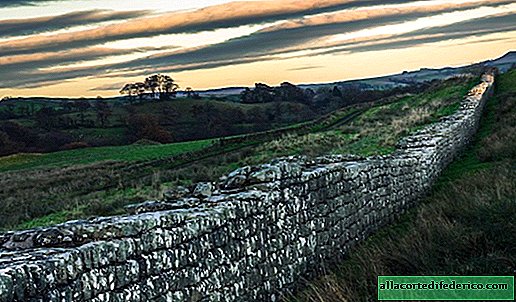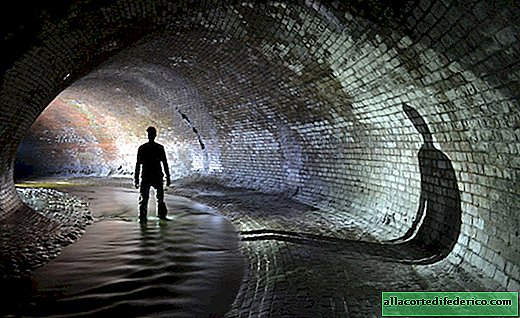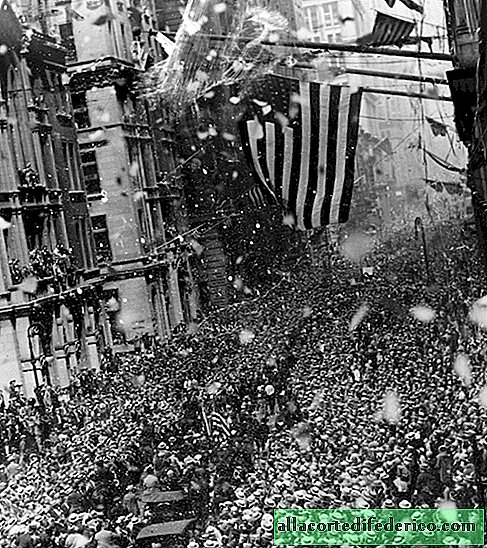Saving Ramses II: how ancient Egyptian temples were transferred to build a dam
During the reign of Ramses II, more than 3 thousand years ago, two magnificent ancient Egyptian temples were carved in the rock of Abu Simbel on the western bank of the Nile in honor of the pharaoh and Queen Nefertari, his first wife. All this time, the monument of Ancient Egypt stood motionless, until in the middle of the 20th century its peace was broken.
Then the government decided that in order to regulate the floods, as well as to provide Egypt with electricity on the Nile River, a dam was necessary. But, as it turned out later, such an undertaking threatened to flood the Abu Simbel rock. To preserve a valuable attraction, the Egyptian and Sudanese authorities in 1959 turned to UNESCO for help.
The plan was as follows: to move the stone giants away from the Nile, on a specially created artificial hill. Thus began the largest ever multinational engineering and archaeological rescue operation of Abu Simbel. In 1964, using a variety of tools and equipment, the monuments were cut into 20-ton blocks and moved to a new place. The next task was to reassemble Abu Simbel. The assembly accuracy was maximum, the discrepancies were resolved no more than ± 5 mm, while the orientation to the cardinal points was also preserved.
The transfer of statues and monuments cost $ 40 million and was completed only in 1968. However, work continued after that, until 1980. During this time, 40 technical missions were carried out, and 22 monuments and complexes were moved from five continents. In gratitude for such incredible help, the Egyptian government donated four temples to the main assisting countries. That is how the temple of Dendur got into the Metropolitan Museum of Art in New York.






























